
BLACK WITCH MOTHS: HARBINGERS OF DEATH OR LOTTERY BANKERS?
Black Witch moths Ascalapha odorata are seriously bad news. Or wonderfully good news, depending where you are and who you talk to. First, let’s look at some of the local names for the creature, from which you will get a pretty clear idea of its somewhat negative folklore status, as well as its area of distribution. I do this not to demonstrate how effortlessly I can ‘borrow’ from Wiki, but rather to show how a simple moth can give rise to widespread superstition and even fear.
12 SCARY NAMES FOR ONE MOTH
- Mariposa de la muerte (butterfly of death) – Mexico / Costa Rica
- Pirpinto de la Yeta (something like ‘jinxing butterfly’) – Argentina
- Tara Bruja (witch moth) – Venezuela)
- Miquipapalotl (black death moth) – Mexico
- Taparaco (something like ‘messenger in black’) – Peru
- X-mahan-nah (‘invades your house’) – Mayan
- Duppy Bat (lost soul / ghost /malevolent spirit) – Jamaica, Caribbean
- Money Moth, Money Bat – Jamaica, Caribbean (including Bahamas)
- Other names include Papillion-devil, La Sorcière Noire, Mourning moth, Sorrow moth.
WHICH MOTH?
These very large moths (wingspan up to 7″) are nocturnal, with females larger than the males. The diagnostic markings are a spot on each forewing shaped like a number nine or a comma. This spot is often green with orange highlights (seen in the header image). The hind wings are decorated with distinctive ‘eyes’. The overall effect is an example of aposematism – coloration or markings that act as signals to warn or repel predators. The link above will take you to an excellent Wiki article on the topic, including the debate on the topic between Alfred Russel Wallace and Charles Darwin
The stripy larval caterpillar can grow up to 7 cm in length.

‘BAD LUCK & TROUBLE’
The moth is a migratory species, flying from (roughly speaking) South America as far north as Florida and Texas. The worst luck is believed to come from having one flutter into your house. Once inside, it will either bring bad luck to the house – or if there is already misfortune there, it will make it even worse. There are variations on this belief – e.g. that the more corners of a room the moth visits, the more doomed the household.
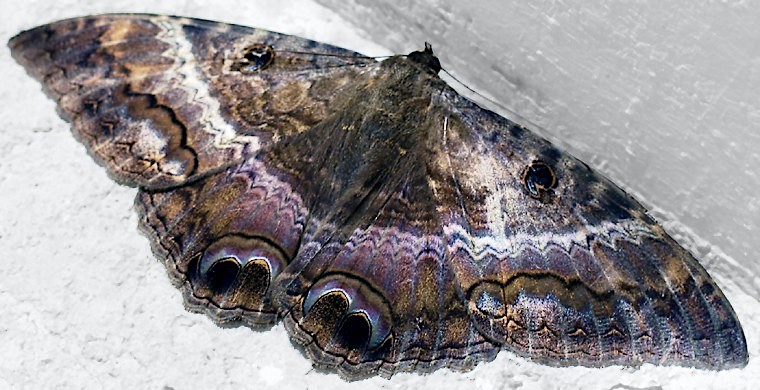
ANY GOOD NEWS ABOUT THIS CREATURE, OR ALL GLOOM & DOOM?
Fortunately yes, and it’s high time to dispel the gloom hereabouts. In some places (e.g. Hawaii), it is believed that when a loved one has died and an Ascalapha odorata is seen soon after, it is the person’s soul returning to say farewell.
More promisingly still, in the Bahamas and wider Caribbean a far more positive and practical attitude is shown. If a Money Moth (or Money Bat) lands on you, you will receive some money. Or so it is said. I have never heard of this happening, but at least it is an optimistic approach to the moth. And Texas, thinking big, takes this several steps further to the prediction that you will win the lottery (I have a feeling this is a very modern theory).
WHY ARE YOU SCARING US WITH THIS THING?
Because at one time I had never heard of these moths, let alone seen one. Then one balmy Bahamian evening, at dusk, someone pointed out a large dark smudge on the door-frame. I only had a phone, and I had to use the flash. Here is the moth, with its evil little eyes shining in the bright light. Luckily, it was outside and not inside the building, which I hope diluted the malevolence radiation level. I didn’t realise the significance of the moth and the implications at the time of course, until I’d looked it up in Sibley’s indispensable ‘Compendium of Evil Moths‘**). It’s a poor photo, but it was useful for ID and I feel that taking a quick shot helped to ward off the worst of any unpleasantness. Though I remember that I fished very badly (even by my low standards and expectations) the following day…

CULTURAL SIGNIFICANCE IN LITERATURE
Remember Silence of the Lambs? Well in the book, pupae of the Black Witch moth were placed in the mouths of victims by serial killer ‘Buffalo Bill’ as his calling card – though for the film, the moth species was changed to a Death’s-head Hawkmoth, as featured on the poster.

You can read about Hannibal Lecter’s link to moths, and learn how for the film the pupae were made from sweets (Gummi Bears ™) so as to be harmless if swallowed, HERE
SO – BE HONEST – ARE THEY HARMFUL IN ANY WAY AND / OR WILL ONE MAKE ME RICH?
No
Taking one’s life in one’s hands…?
Photo credits: Charles J Sharp (1, 5) OS; Wiki (2); Julia Gotz (‘juliatrees’) (3)*; Keith Salvesen (4) Sources: Julia Gotz (‘juliatrees’), Terry Sovil, , Texasbutterflyranch.com, Wiki, Sibley’s ‘Compendium of Evil Moths‘**
*Julie closed her blog, from which photo 3 comes, in 2010. I’m hoping she won’t mind my resurrection of her image to illustrate the species… Black Witch moth photos are quite rare online
**Out of print. Actually, never in print.





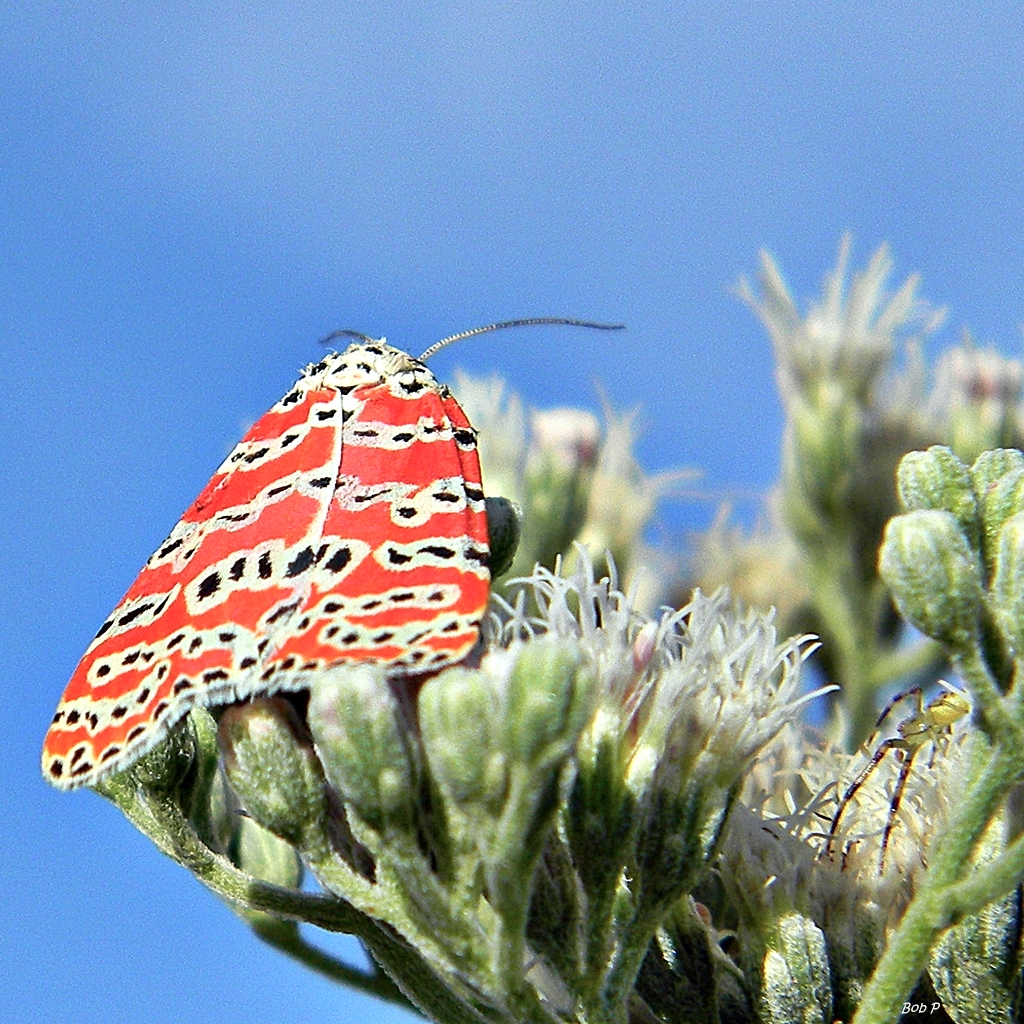



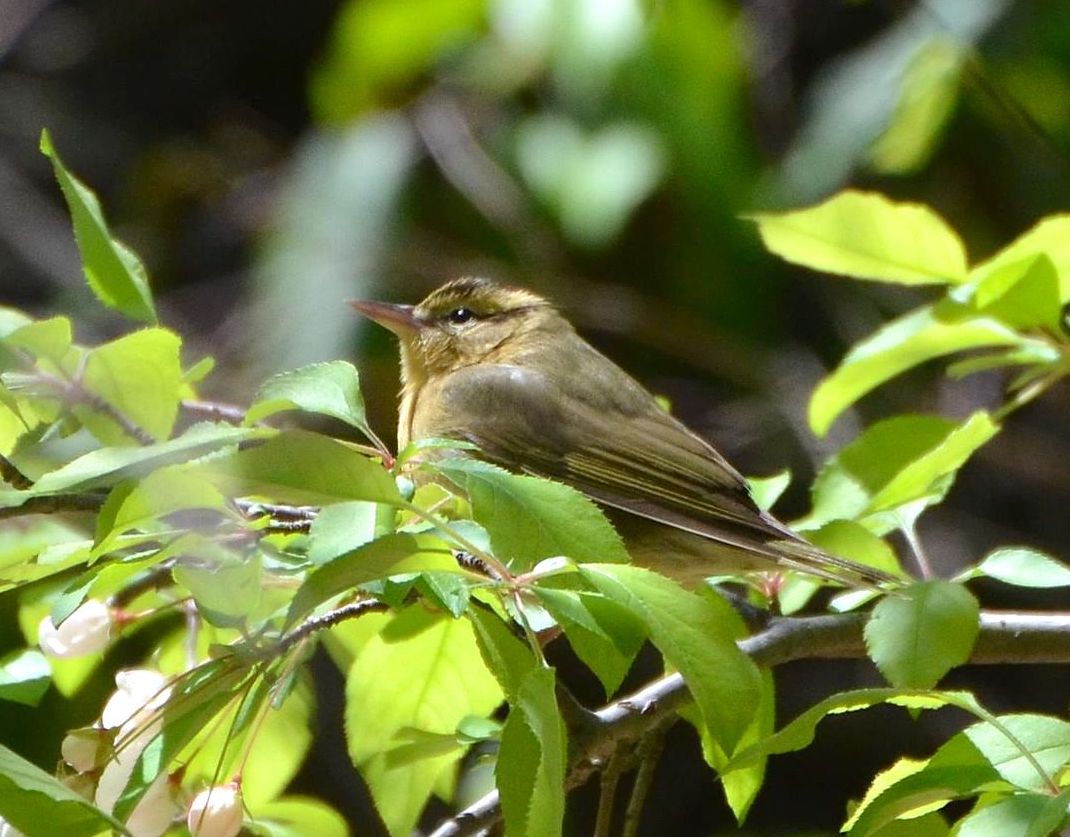
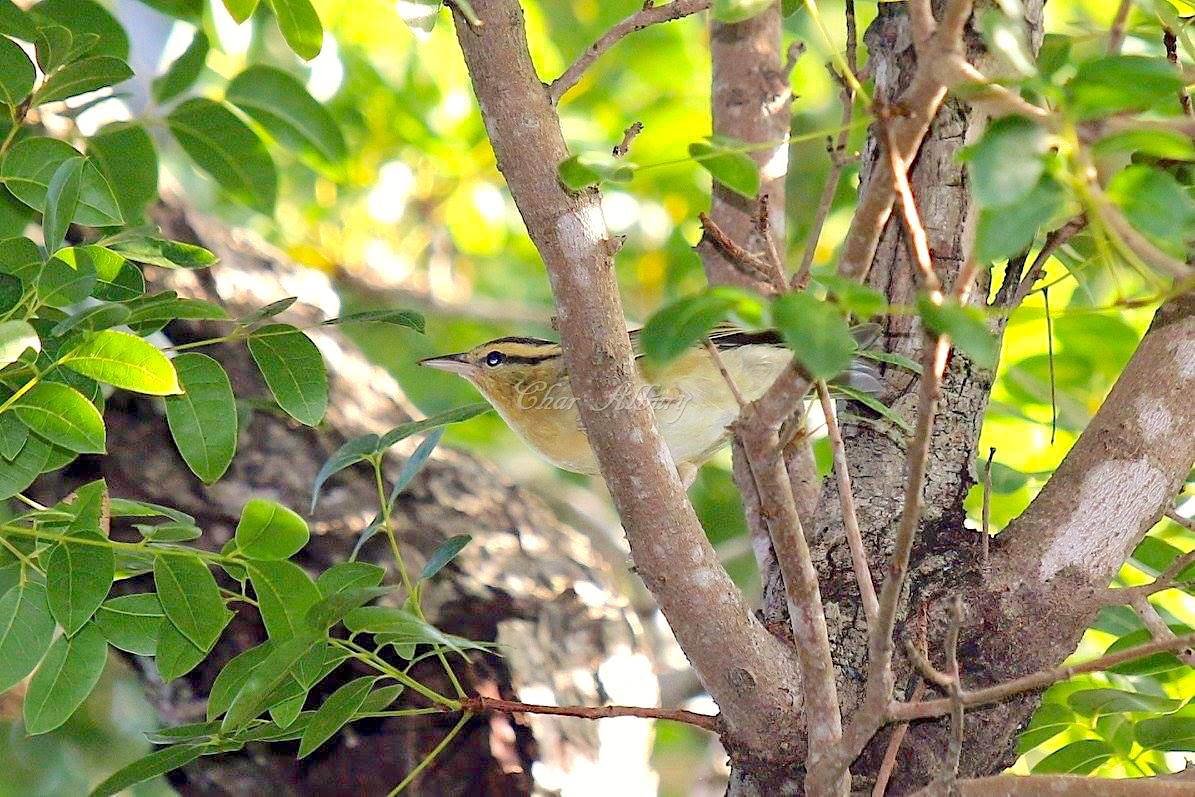














 FIERCE LITTLE FALCONS: MERLINS ON ABACO
FIERCE LITTLE FALCONS: MERLINS ON ABACO


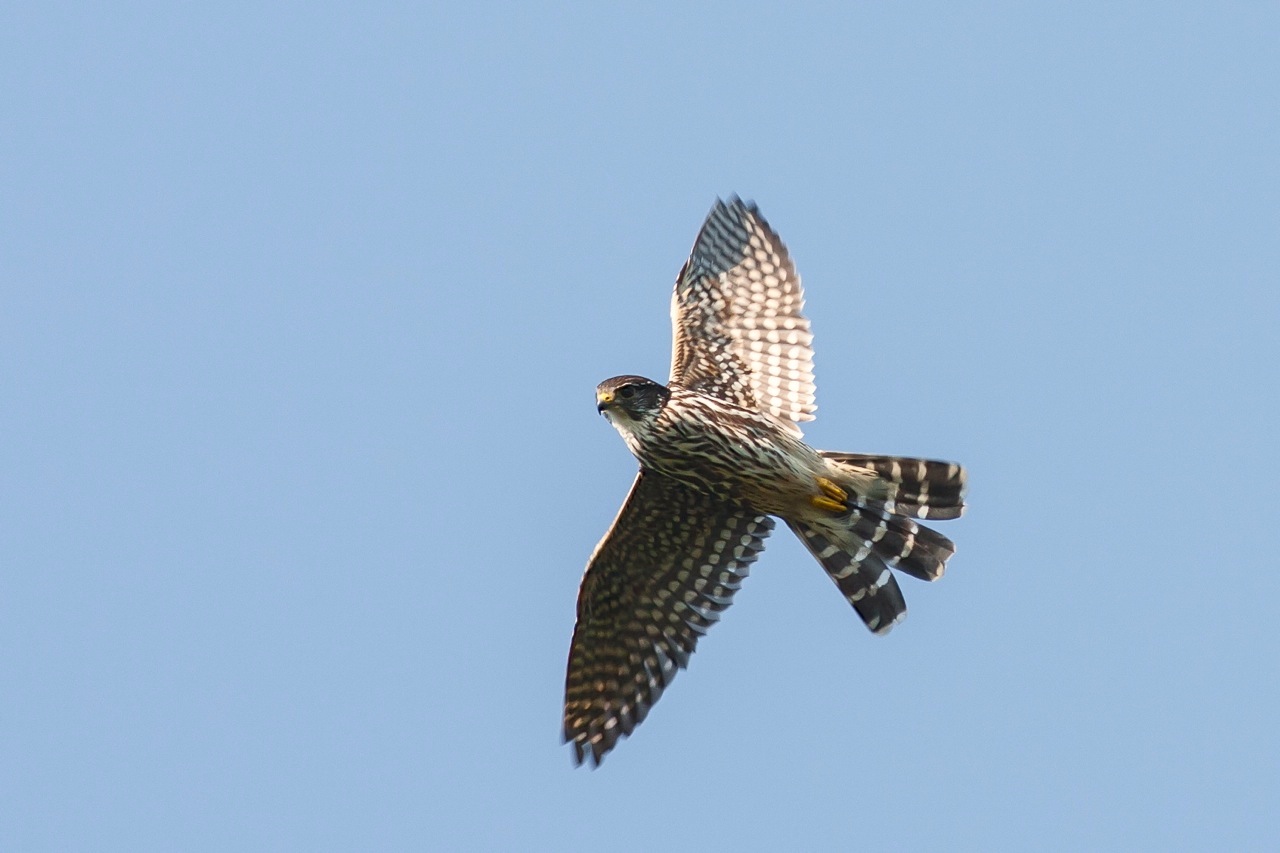











































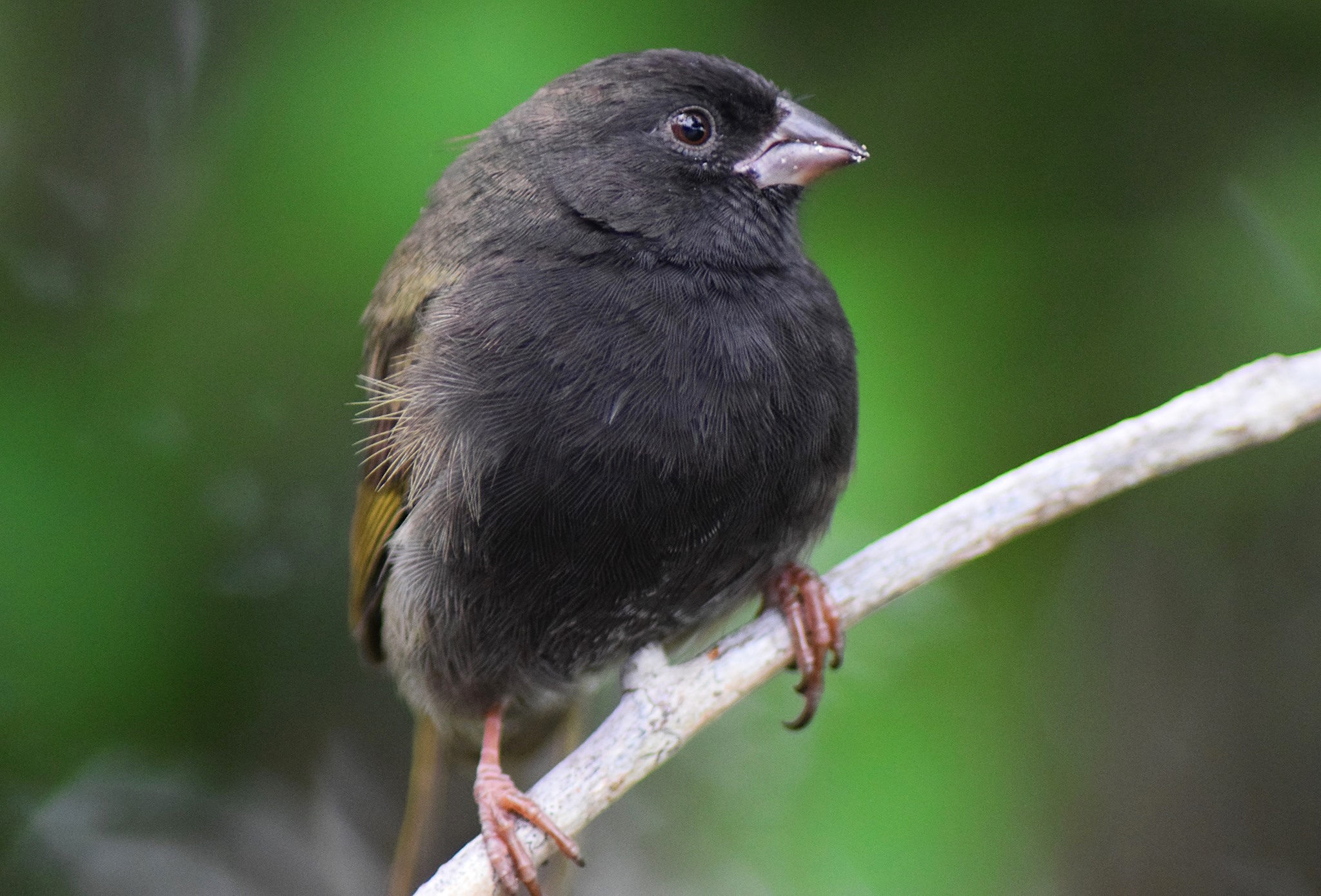
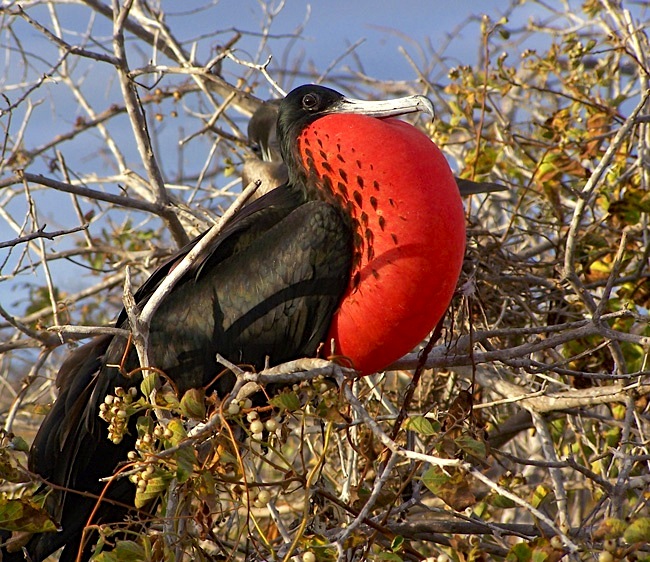





















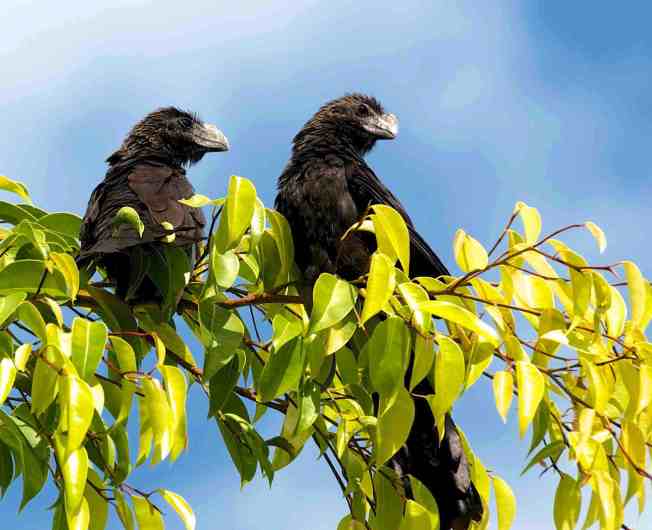










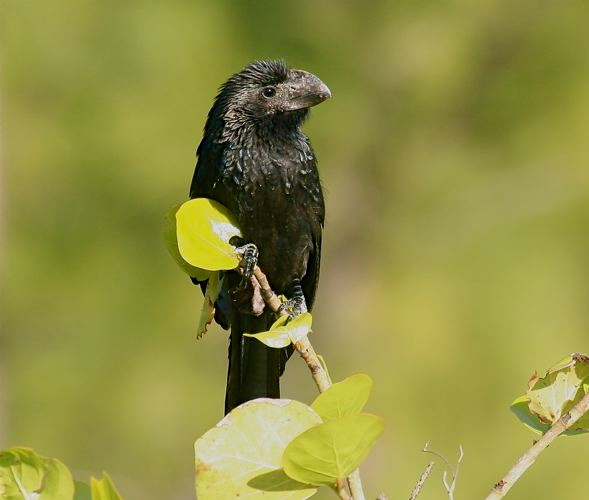






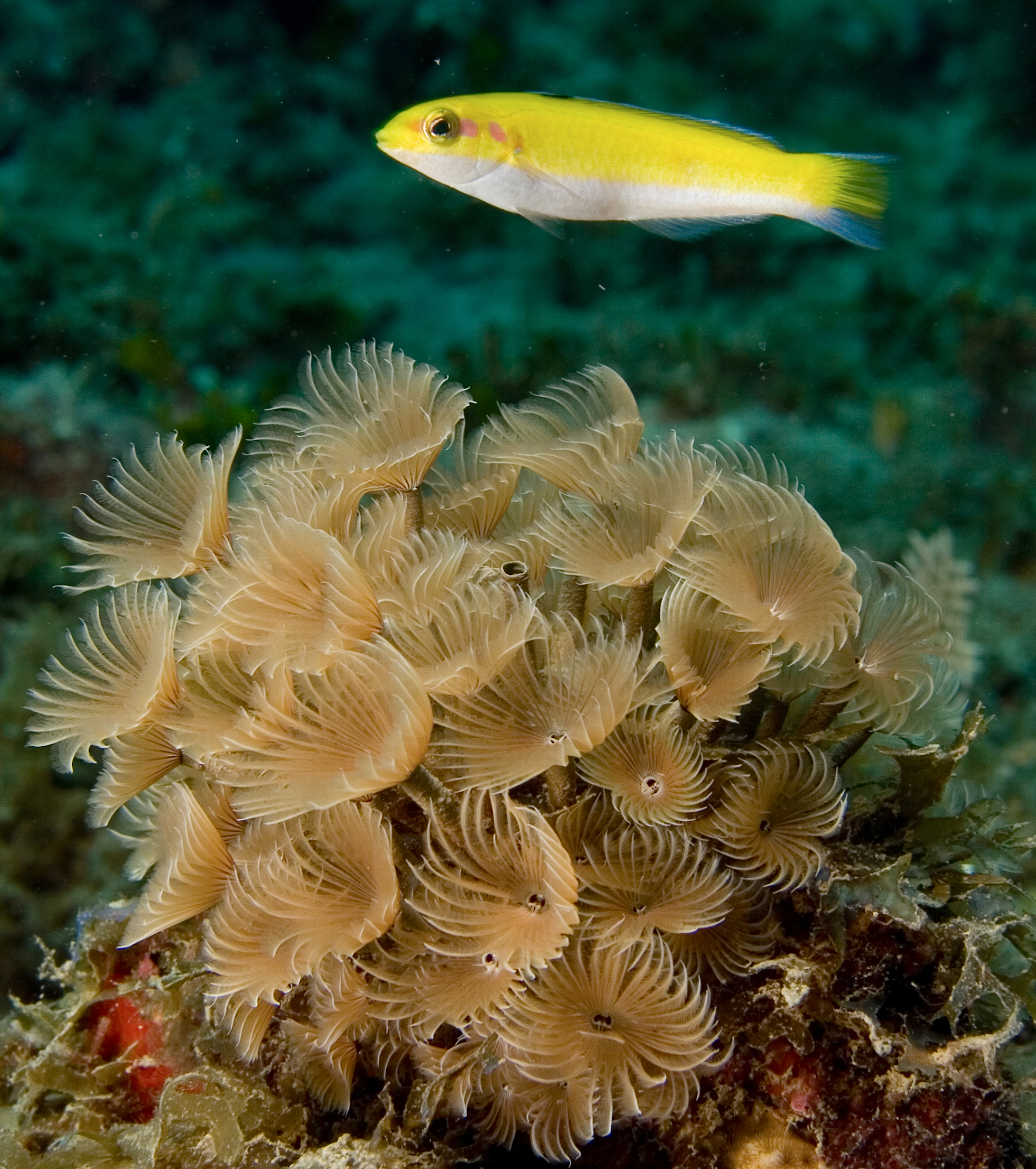









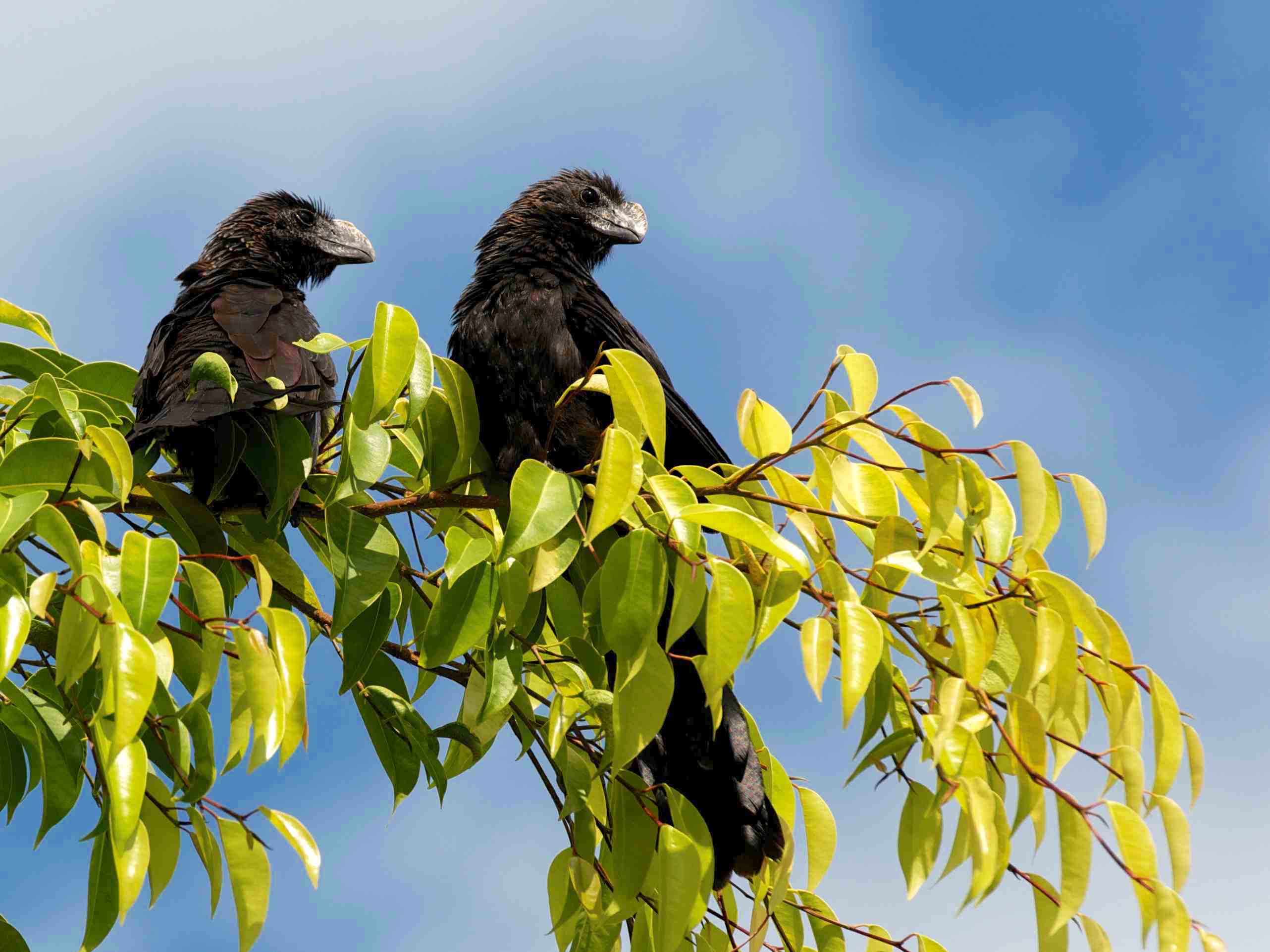



































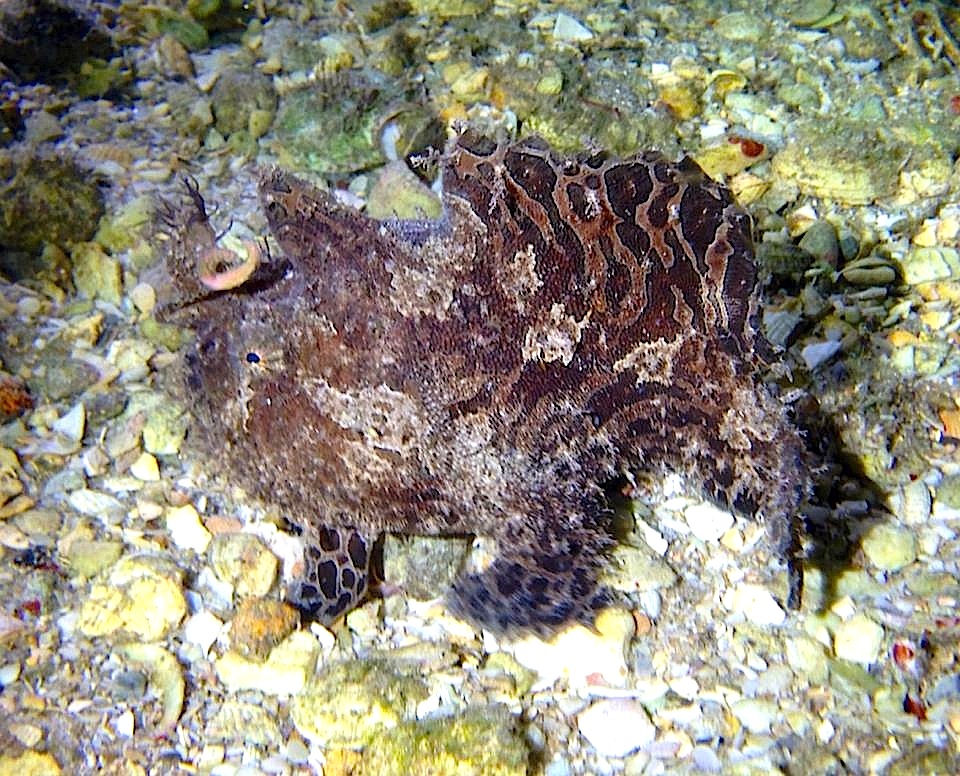














You must be logged in to post a comment.